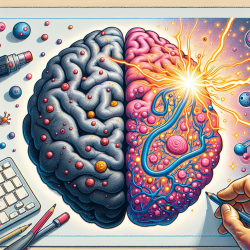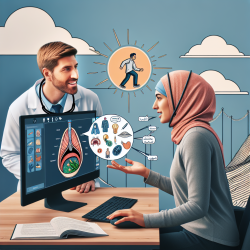The Groundbreaking Discovery of Neuroplasticity in Glioblastoma Patients
As a practitioner in speech-language pathology, understanding the intricate workings of the brain is crucial. Recent research has provided groundbreaking insights into neuroplasticity, especially in patients with glioblastoma multiforme (GBM), a highly aggressive brain tumor. This discovery could revolutionize how we approach therapy and treatment in clinical settings.
What the Research Reveals
The study titled "Direct Evidence of Plasticity within Human Primary Motor and Somatosensory Cortices of Patients with Glioblastoma" offers direct evidence of neuroplasticity in GBM patients. Using serial direct electrocortical stimulation (DES), researchers observed significant functional reorganization in primary motor (M1) and somatosensory (S1) cortices in five out of six patients. This is a substantial finding, as 62.7% of the stimulated sites demonstrated plasticity.
Implications for Practitioners
These findings suggest that even in the presence of aggressive tumors, the brain can adapt and reorganize, challenging the long-held belief that certain brain regions have static functions. For practitioners, this means:
- Encouraging a more aggressive approach in tumor resections, knowing that the brain may compensate for resected areas.
- Incorporating neuroplasticity-focused strategies in therapy to enhance recovery and functional outcomes.
- Continuing research to explore mechanisms that promote or inhibit plasticity, which could lead to innovative therapeutic interventions.
Further Exploration and Research
While this study provides compelling evidence, it also opens the door for further research. Understanding the time scale of neuroplastic changes, the mechanisms at play, and how these can be harnessed in therapeutic settings is vital. As practitioners, staying informed and contributing to this body of research can lead to improved outcomes for patients with brain tumors and other neurological disorders.
Conclusion
The discovery of neuroplasticity in GBM patients is a testament to the brain's incredible ability to adapt. By integrating these findings into practice, we can offer more effective and personalized therapy to our patients. To read the original research paper, please follow this link: Direct Evidence of Plasticity within Human Primary Motor and Somatosensory Cortices of Patients with Glioblastoma.










